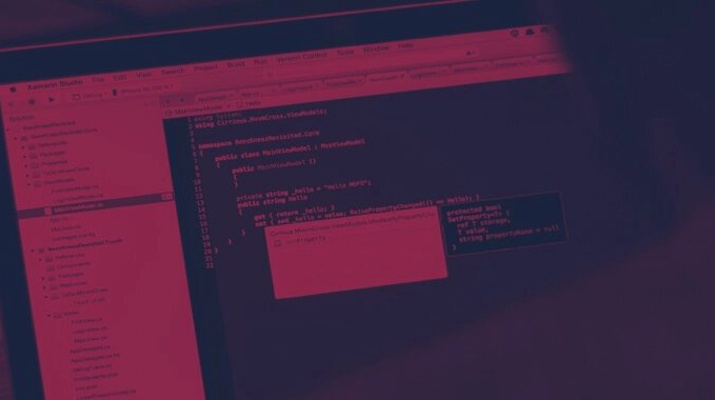What Is Program Structuring: 3 Examples

What Is Program Structuring: 3 Examples
Program structuring occurs within the first few steps of a development process and is crucial to laying the groundwork for your overall project.
By structuring your program, you’ll be making crucial layout and coding decisions that will affect your project’s development, testing, and launch phases. As such, it’s crucial to include all relevant stakeholders and members of your team in the program structuring process.
In making program structuring decisions, you and your team also need to be well-versed in the approaches you can take to program structuring. This article will take you through program structuring at a high level, as well as three examples of potential approaches to program structuring.
What is Program Structuring?
Program structuring refers to how a program is built out. You can lay out the code within a program in all sorts of ways to achieve the desired result. The program’s structure is one of the first things that you’ll determine in the planning phase of the SDLC.
Because you’re starting with a blank slate, it can be challenging to ideate exactly what type of structuring would benefit your program the most. Experts recommend asking yourself and any relevant clients about key requirements that may impact the program structure.
For instance, many recommend structuring a program based on the client’s mission, overall goal, or a question that they want their software to answer. Creating thoughtful program structures that respond to these needs is exactly how you should structure your program.
There are three common approaches that developers use to attack program structuring challenges:
- Procedural programming
- Structured programming
- Functional programming
Selecting one of these three programming approaches will enable you to handle program structuring for your team.
Procedural Programming
When prospective developers are introduced to program structuring, the first approach they will typically be familiarized with is procedural programming.
This approach refers to the writing of code in a linear, logical sequence. In essence, procedural programming calls for developers to write a list of actions they would like the program to perform.
Procedural programming has several key characteristics. Code using this approach can employ both local and global variables and allows for modularity and parameter passing, but it must only use predefined functions.
By utilizing procedural programming, developers can create easy-to-read code that can be transferred to other machines without much trouble. However, there will be limitations to the code’s reusability as well as adaptability to different data sets.
Procedural programming is a great program structuring approach for general development goals, but more coding-intensive projects may require a different program structure.
Structured Programming
One of the more popular ways to execute client needs is through structured programming, another of three types of program structuring approaches. A structured program is entirely self-contained. This means that the whole program exists within one structure.
When these programs run, they work through instructions sequentially rather than skipping around. Structured programming relies heavily on C, C++, C#, and Java to execute using this sequential method.

Source: Geeks For Geeks
Structured programming can run on a grander scale than procedural programming and relies on multiple modules, which often rely on the procedural programming structure.
Still, structured programming cannot accommodate GOTO statements, and code employing the program structure will execute in order from start to finish.
With its similarities to procedural programming, structured programming maintains some of its advantages such as easy-to-follow code and short development times.
In addition, programs employing structured programming can tackle a more extensive scope of problems than those employing procedural programming due to the capability for multiple modules. However, the data-type dependence issues of procedural programming still exist with structured programming.
Structured programming expands on the capabilities of procedural programming in a major way, but another program structuring approach may be necessary for the most complex development projects.
Functional Programming
Breaking free from the confines of mutable data, functional programming turns the model behind procedural and structured programming upside down.
Functional programming focuses on building functions to manipulate immutable variables rather than using predefined functions to control user-defined variables.
Because of this setup, functional programming provides a great deal of value for data analysis and machine learning projects. However, specific programming languages aren’t as well-equipped to handle this program structuring approach as others.
This approach can deliver a great deal of value for your organization, but you and your team should familiarize yourself with your business needs before committing to it.
Additionally, with this or any other program structuring approaches, having an experienced team in your corner from early on in the process will help you ensure success.
Program Structuring Has Lasting Effects
When entering into the planning phase of a development project, implementing the proper program structuring approach is crucial.
Whether relying on a mutable data approach such as procedural programming, structured programming, or an immutable data approach like functional programming, you and your team will need to clearly define your goals and resources before deciding.
